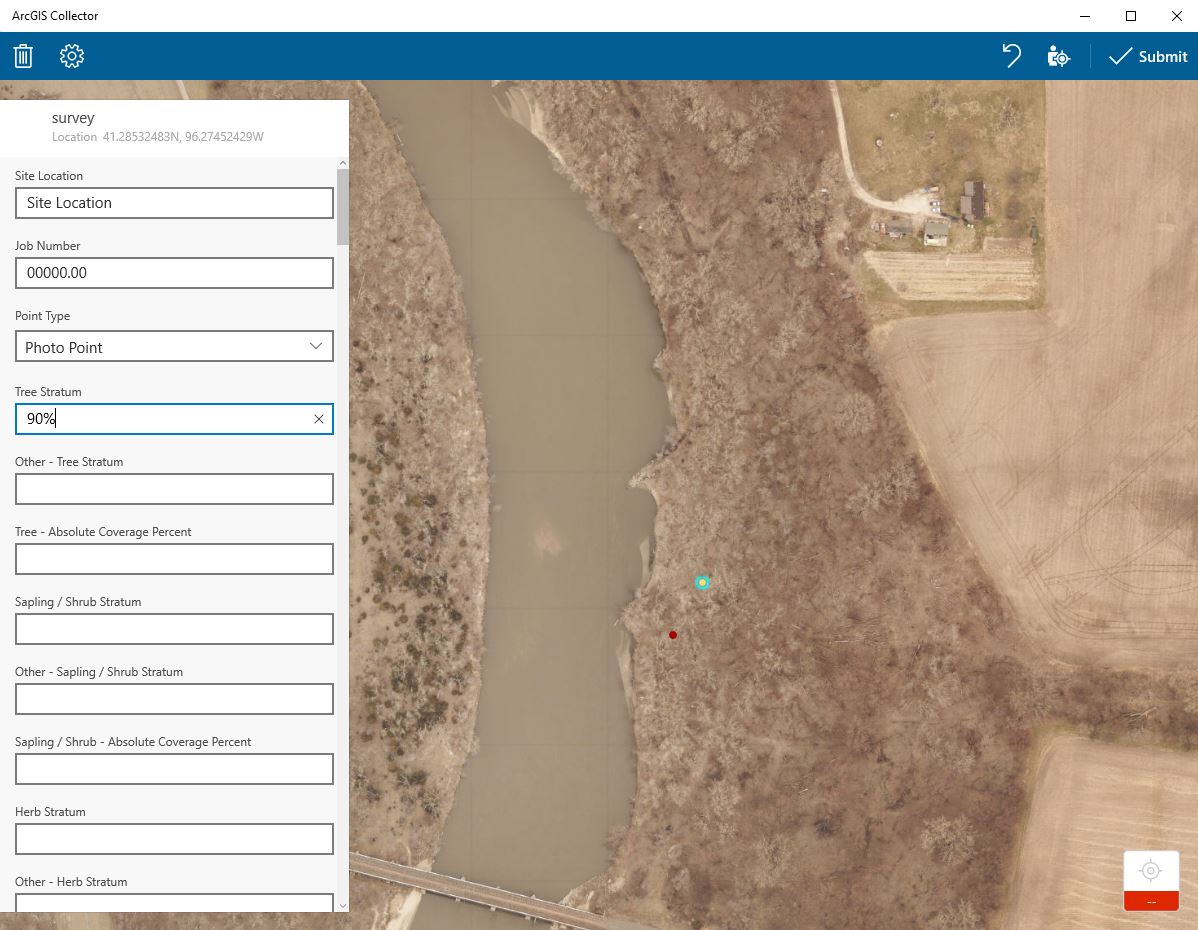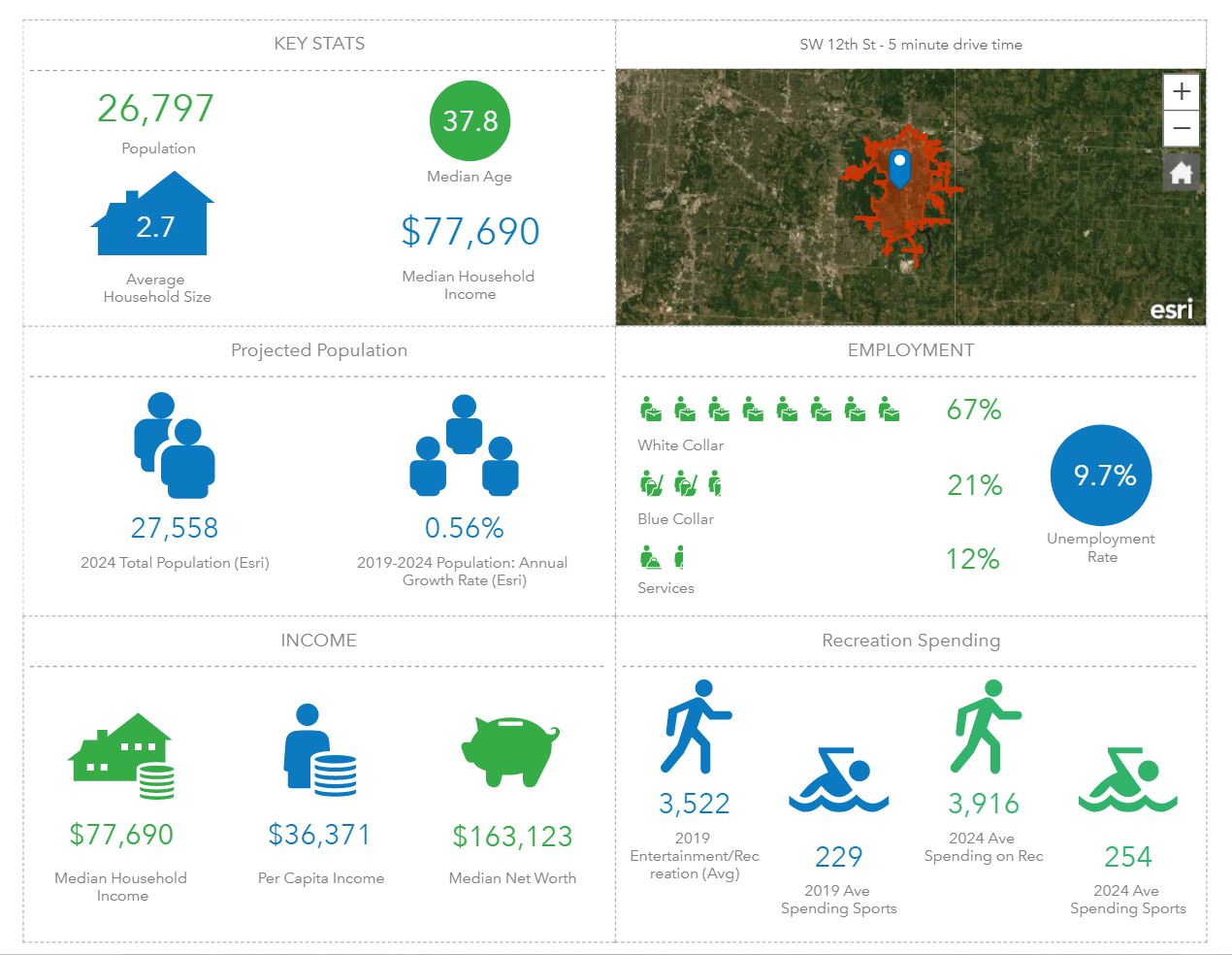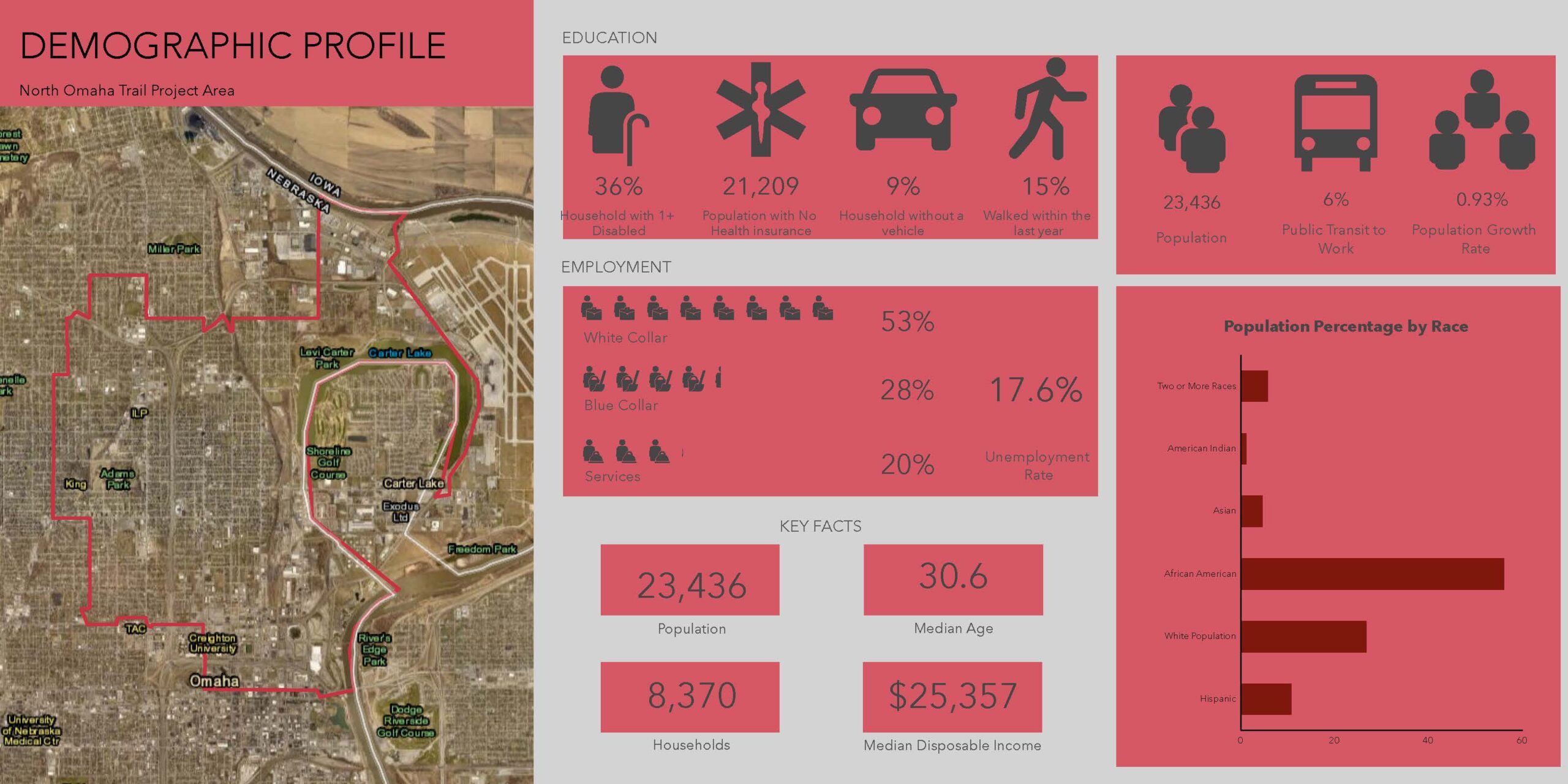The future is unknown. Over the past year, we’ve grown to expect uncertainty in many areas of our lives – but fortunately, planning for and managing your project is not one of them. Lamp Rynearson professionals have used Geographic Information Systems (GIS) technology for years to uncover the unknown and help clients navigate their projects with eyes wide open. GIS has been applied to a wide expanse of projects, let’s dive in to discover how.
What is GIS?
Starting with the basics, GIS is a computer-based process for capturing, storing, checking, and displaying data related to positions on Earth’s surface. Its geography taken to the next level. Various types of data (demographic, economic, etc.) can be added to a GIS database for display and analysis by location.
GIS explains and connects data to reveal patterns, relationships, and conditions by creating visualizations using maps and 3D scenes. Showing everything from streets, buildings, and water to current population, income and shopping trends can help you make the most informed decisions when performing activities from site selection to community outreach and funding.
The future of GIS is in customized apps and Lamp Rynearson GIS Specialist Mike Deboer has been building them for clients over the last four years. With all the capacity of a traditional GIS system, an app is fast, user-friendly and mobile. “The versatility of GIS applications allows users and clients the ability to share, analyze, and collect data seamlessly.” Says Mike. “With a variety of applications, you don’t need to be a GIS professional to utilize the power of these tools.”
When the proper data is combined users can connect the information to analyze and understand what is going on and how it affects their goals. It could be the difference between picking the best location for a profitable expansion or missing an opportunity to pivot. GIS systems can act as a crystal ball of sorts, predicting future trends today.
GIS apps fall into three categories: Collection Apps, Business Analytics Apps and Infrastructure Management tools. Each are powerful tools, adding speed and agility to processes and management.
Collection Apps
With a mobile data collection app, the information can be captured and edited in the field. No need to haul a laptop into a field or down a drainage ditch to record the information. That used to be Wetlands Specialist, Sam Christensen’s daily routine before Mike created a app to complete the Wetland Delineation process. Wetland Delineation is used to establish the size of a wetland location so clients can meet federal, state and local requirements.
Combined with high precision GPS, the app allows Sam to collect data points accurately and efficiently without carrying large equipment or leaving the location. With offline capability, the app continues to work even in areas where signal is low or non-existent, and once connected to the internet, stores the data in a secure, cloud-based data system.
Business Analytics
GIS software has the power to take current data and inform future projects based off census data, surveys, and polling. Data markers such as sales in a specific area, population density, average household income, and even health and wellness studies, allow developers, municipalities, and schools make informed decisions on expansion, location, and meeting public needs.
Infrastructure Management
Infrastructure Management GIS apps provide a way to track and manage site amenities, assets, and improvements for a development, campus, or business. Using the app clients can plan, track, and update this data system themselves and see where improvements or new infrastructure can tie into existing utilities. For Omaha’s Henry Doorly Zoo and Aquarium, Lamp Rynearson developed an app used during the planning phases of new exhibits and to organize, manage, and maintain the entire zoo infrastructure.
COVID-19 GIS App – A GIS Survey is used to help keep our employees and working environments as safe as possible during the pandemic. Over 13,000 surveys have been submitted and results are used to maintain employee safety, plan for remote work schedules, and project phasing.
With almost endless applications, a GIS app can allow you to be more strategic, purposeful, agile and efficient – not just for today’s world, but for an unknown future.
Want to know more about how a GIS app can help your current or future plans? Contact us today.




